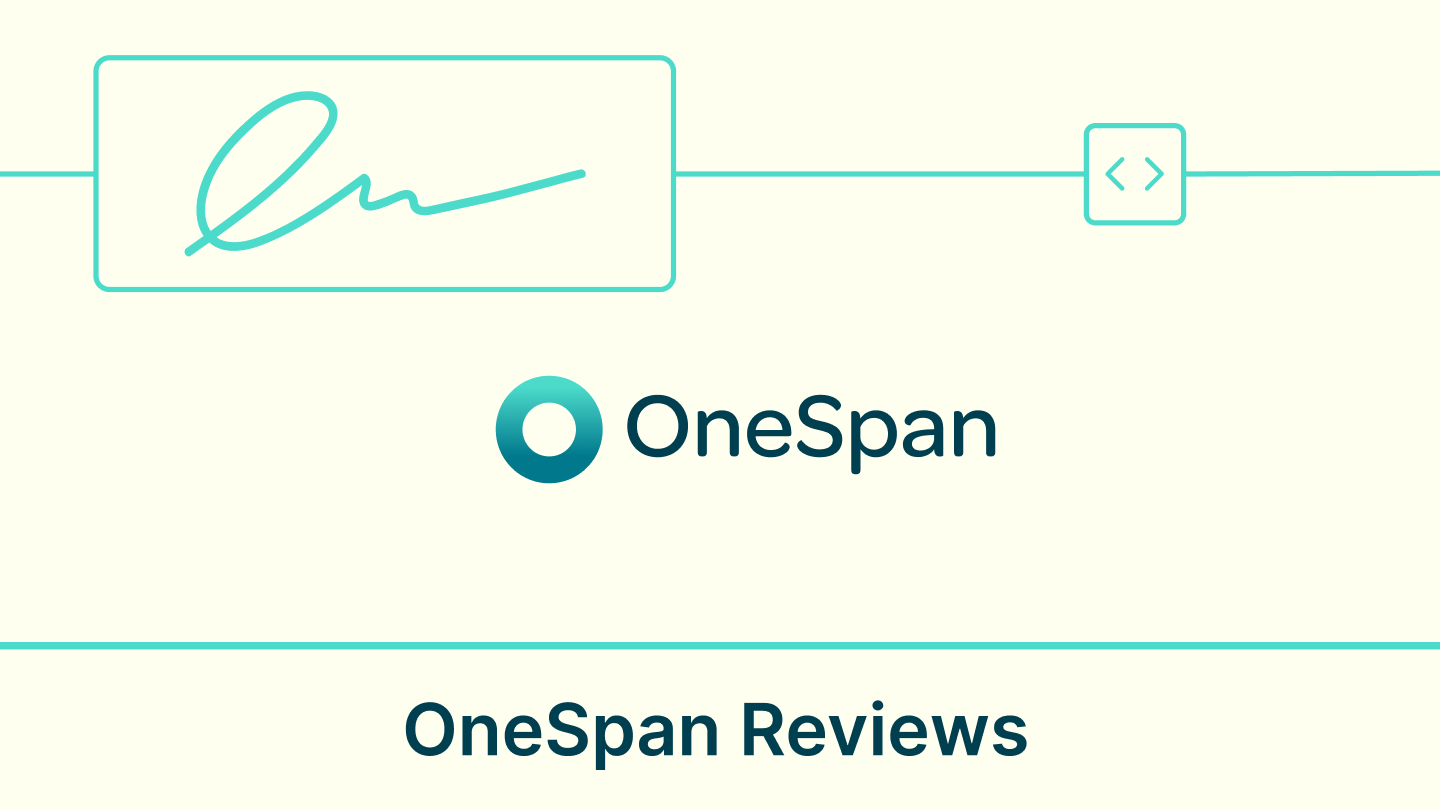“No, the price is too high for us.”
“I don’t think your product has the features we need.”
“Give us time to think and maybe we’ll get back to you.”
These are just a few of the many common sales objections your sales team might hear from potential customers.
When you’re on the receiving end of these statements, it can feel like a punch in the gut, especially given the work that goes into nurturing a lead. Even senior salespeople may get nervous when they find themselves in these situations, because how do you come back from a no?
Here’s a secret that only seasoned sales reps know: you don’t have to accept defeat when you hear an objection. Instead, think of it as insight into the mind of your buyer! After all, these types of comments communicate valuable information about customers’ concerns and needs, which can help you improve your sales pitch!
Read on for tips and tricks that will help sharpen your ability to overcome sales objections like a champ.
6 steps to tackle common customer sales objections
Customers’ concerns can range from the sincerity of the salesperson or the quality of the product to the price or amount of risk involved. Objections show that they aren't ready for your product, but a gentle nudge in the right direction can change that.
While hearing “no” can discourage you from continuing the conversation, the trick is to not take negative feedback personally. You need to outthink your feelings and look for a logical way to convince the prospect to reconsider their decision.
Let's consider the example of a buyer who is hesitant about the higher cost of ABC Inc’s SaaS product.
Here is a step-by-step guide for turning that prospect’s “no” into a “yes”:
1. Listen carefully
Don't be too quick to respond. When the prospect is sharing their issues, you want to be attentive and let them pour their heart out. This will help you identify the root cause of their problem.
2. Ask a follow-up question
This is one of the best ways to understand the customer’s reasoning and gauge their emotional state. Ask, “Why do you feel the price is too high?” If they respond patiently and share some reasonable concerns, then you move on to the next step. Asking “why” questions is a great way to show genuine interest in sorting out their business problem and keep the conversation flowing.
3. Ask closed-ended questions
To get prospects to focus on the SaaS product’s real benefits, ask them closed-ended questions such as: “So you’re saying you’re concerned about ROI. Are you looking at the impact on your overall costs?” Questions that have “yes” or “no” answers can reveal more details about the customer’s pain points without forcing them to think too much about their response.
4. Compare risks and benefits
Based on the insights you’ve gleaned from their objections so far, share an updated features, advantages, and benefits (FAB) statement that includes evidence or missing information. Addressing the buyer’s concerns one by one will help them make an informed decision.
So, in response to the prospect’s concerns about product affordability, you could say something like: “We’re offering a custom solution that will help you better meet your customer’s needs, improve staff productivity, and eliminate downtime, which will have a very positive impact on your bottom line.”
5. Secure their acceptance using pointed questions
Ask the prospect, “Do you feel that this custom solution will help improve your worker productivity? Will that be of value to your company?” If your modified pitch has been convincing so far, then a close-ended question will help you seal the deal.
If they are still not convinced but willing to keep speaking with you, set a time to continue the discussion and unearth more underlying issues.
6. Sign the sales contract immediately
Turn the prospect’s informal consent into a formal agreement so that the deal is legal and binding. Once they have signed a contract, you’ve successfully overcome the sales objection challenge!
To fast track the contract workflow, use an eSignature solution like Signeasy. Our software allows you to customize sales contract templates, sign them, and send them to the client for signature within minutes, from anywhere and at any time. If you prefer prepping your signature in advance, you can even upload one created through an online signature generator for an even quicker turnaround. This touchless paperwork solution also automatically sends reminders to the prospect to sign the contract.
How to reduce the probability of receiving sales objections
Facing objections and questions from buyers is a normal part of the selling process.
The truth is, objection handling is both an art and science. A lot of careful planning and soft skills development is what stands between winning over a new customer and losing a lead.
Ultimately, to bridge the gap between what the prospect is looking for and what your business has to offer, you need to do the following:
1. Deal with sales objections upfront
Before your prospect even has a chance to voice their concerns, think about how you can minimize future objections. The sooner you address your buyer’s perceived risk, the easier it will be to change their mind.
Common objections or hesitations can be identified from online feedback forums (whether third-party or your own), chats with customer service reps, social channels, and more.
They include:
- Missing need
- No urgency
- No trust in the salesperson or company
- No budget
- Lack of authority to make a decision
- Lack of time
- Being content with an existing solution
- Product being not as good as competitors
2. Proactively ask prospects about their issues
What other business issues can your product or service address? By identifying your customer’s broad problem spectrum, you now have more opportunities to present your product’s USPs as a solution.
3. Empathize
It may be one of the most underrated skills, but empathy can go a long way when it comes to gauging the customer's emotional state when making an objection. Genuine interest in a problem can also endear the buyer to the salesperson, which can play a huge role in overcoming objections.
Finally, remember – if these tactics do not work, you need to be able to take a step back, reassess the situation, and repackage your offer.
Conclusion
Overcoming objections is the best way to increase conversions, boost sales, and develop a better rapport with your customers. To put client issues into perspective, all you need is a reframing strategy and the right productivity-boosting technology –and one of the easiest ways to remove friction in the path to purchase is using an eSignature solution. Find out more about signing sales contracts faster than ever with electronic signatures.











